Today, in fact ever since the 1970’s, it has become easy for Americans to fall into debt. Here we are going to discuss how to gain control of your life financially. We are going to talk about the implementation of the “rule of eight”.
Implementation of “the rule of eight” is the fundamental first step in gaining control of your finances. I know. I know. It’s a boring subject. But, hear me out.
The trick to keeping your money and living the lifestyle that you deserve is in spending your money properly. And, that, boys and girls means that you don’t just spend money on things you want. It means, instead, that you plan on how to spend your money.
You plan on how to spend your money.
Because having full control over your money means that you will obtain full control over your life.
Full control of your money = Full control of your life.
The “rule of eight” is a very simple rule. It just means that everything that you buy must full under the “rule of eight”.
- There are three (x3) parts to this rule.
Part 1 – Wait eight days before you buy something.
This little rule destroys impulse buying.
Most credit card purchases are impulse buys. Most of the things that get us into trouble financially are due to impulse buys. In fact, most sales in stores and on-line revolve around “sales” that are intended to get you to perform a purchase on impulse.
In fact, the source of the biggest problems in families today is that there “isn’t enough money” to live off of. Yet, if you look at their budget, you would find that the money has disappeared into a deep deep black hole. This black-hole is impulse purchases.
Stop.
You must end the impulse buying nightmare and get off the treadmill of debt.
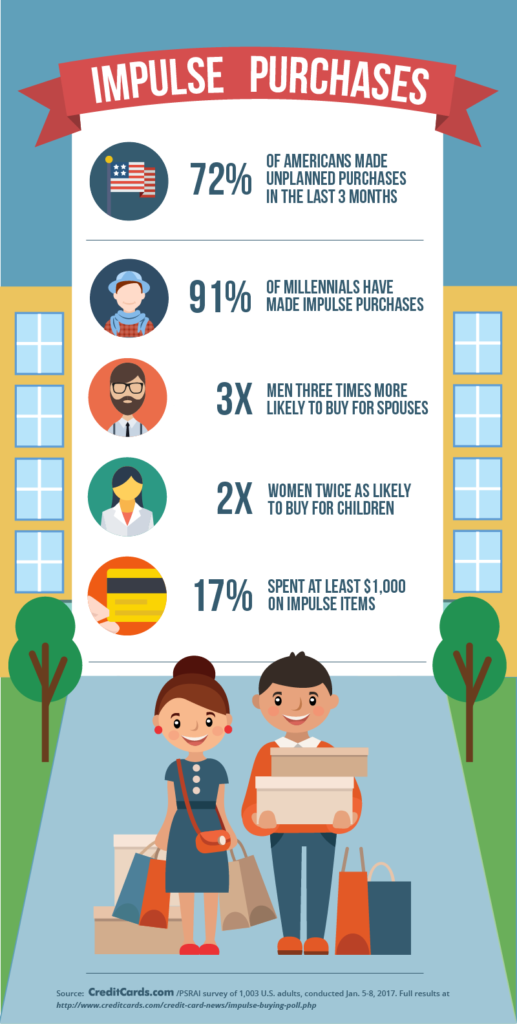
In practical application, the person in the household who controls the budget (this would be the woman of the house if you are in a traditional conservative family), or the owner of a wallet (if you are in a progressive family) would have money set aside as “spending cash”. In companies this goes by the term “petty cash” but the idea is simple; a set amount of money is provided for each person to use as they need for minor sundries.
Depending on the person, this could vary from $5 to $20 /week.
The rest of the money is formally budgeted. The budget would consist of “containers” where money is allocated into different uses. Again, in a traditional household, the woman (or house-person if a same-sex household) would do the budgeting.
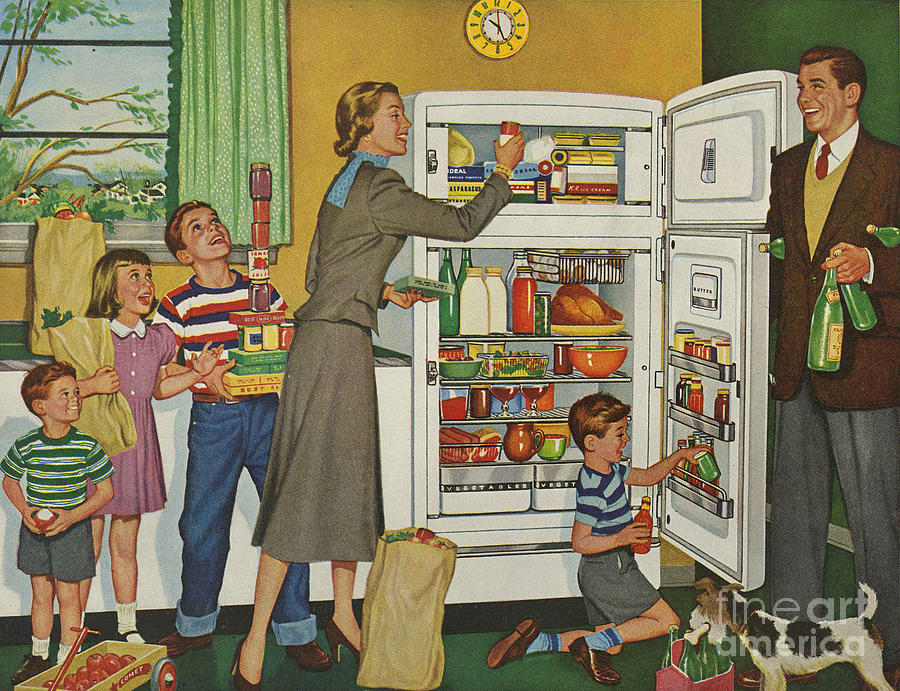
Some budget items might include such things as…
- Food for home cooked meals.
- Eating out for the one or two meals outside.
- House payments or rent.
- Utilities (electricity and gas)
- Savings
- The various payments on outstanding debt (car, college)
- Planned purchases
- “Petty Cash”
In the rule of eight, you wait eight days for purchase of anything outside of “petty cash” or budgeted expenses. This is eight days, or one day more than a week.
Here is an example. Imagine that you have a traditional conservative household. The man works a 40 hour/week job, and the wife handles the domestic responsibilities of household and childcare. Further assume that the man makes $1000 / month. He, as a traditional conservative, would give 100% of his salary to the wife. Then she would budget the money accordingly. Rent - $400 Groceries - $200 Utilities - $50 Savings - $150 Pay off debt - $100 Petty Cash - $50 ($20 to the man, $20 to the wife, and $5 child allowance) Discretionary Funds - $50 With a budget, you now have a monthly allocation of $50 to use for discretionary purposes. You can plan on what to use it on. That is how a budget works.
Having a budget, and following the “rule of eight” gives you time to determine if the purchased item has value more than a momentary emotional appeal.
You will find, that the rule of eight plays a very important role in the ability to save money, budget food, and master your own household. Instead of a home filled with clutter and junk, most people who follow the rule of eight find their house to become uncluttered, and tend to eat better. They also tend to save money.
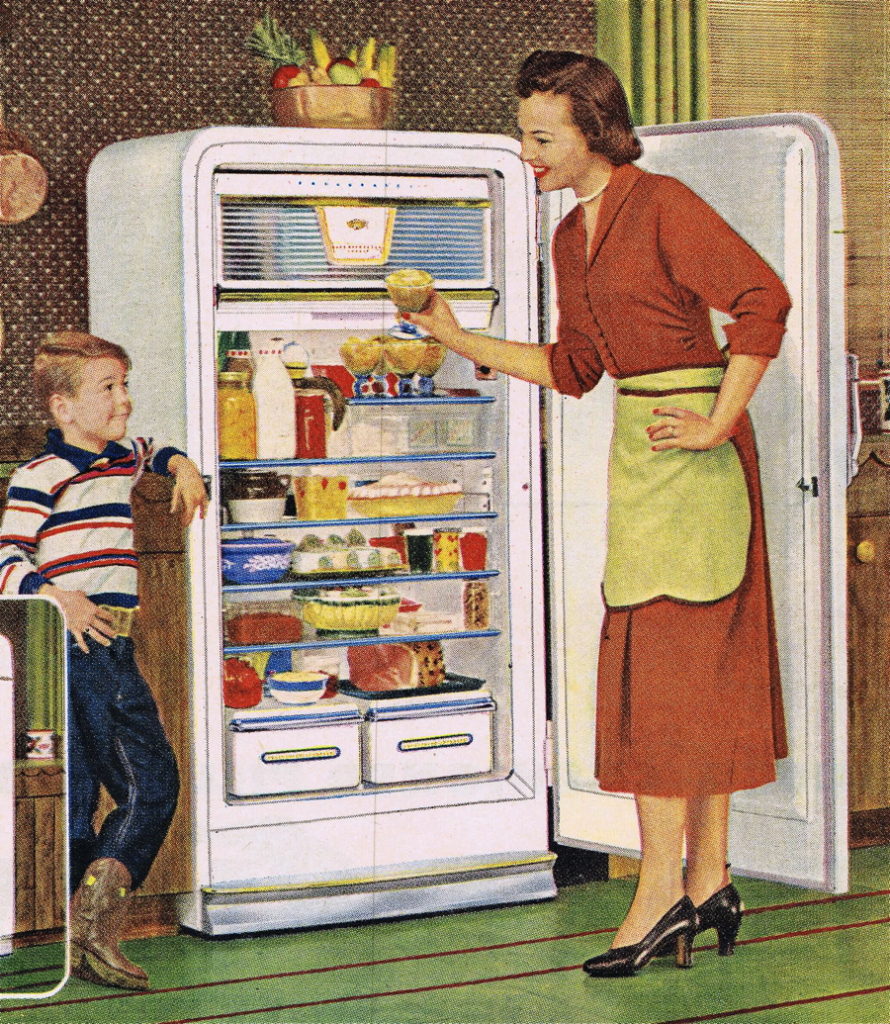
This first part of the rule of eight, effectively eliminates spontaneous impulse purchasing. As such, it is probably the most important part of this rule.
You wait EIGHT DAYS on the purchase of anything not already budgeted for.
Part 2 – Purchase by quality value.
The next component of the Rule of Eight is the quality component. This little rule assigns value to what your purchase.
What has more value? A breakfast of eggs, bacon, toast, and unlimited coffee at a family diner for $4, or an $8 cup of Starbucks coffee?
You start to purchase things based on their value to you.
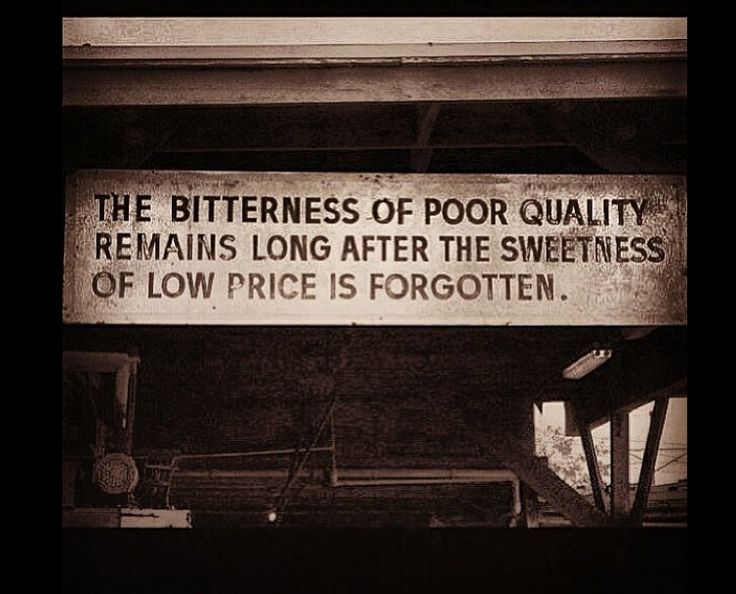
The idea here is that you start managing the quality of the products that you use.
In general, you try to avoid low-quality items for they will always, eventually one way or the other, detract from your standard of life. And, while you might want to have everything “high quality”, it will be prohibitive to do so, as they tend to be expensive.
Think of the quality of any item you purchase on a 10-point scale: a “one” is the lowest quality/throwaway item and a “10” is the highest quality available.
- Free sugar at a fast food restaurant. (Free = zero value.)
- Disposable plates and silverware.
- Cheap plastic toys for children.
- Walmart quality appliances.
- Canned food at a supermarket.
- Frozen food.
- Fresh fruits, vegetables, cuts of meat.
- Upper level quality appliances. (The “sweet spot”.)
- Best quality anything.
- Best quality on a “name brand” item. (Super expensive.)
The Rule of Eight says that once the quality of any purchased item exceeds eight on the 10-point scale, the price rises very rapidly. It rises exponentially. However, the usefulness of the item (economists call this the “utility” of the item) barely changes at all.
For example; You can buy a second-hand car (maybe two years old) for far less than a brand new car right off the sales lot. Yet, both of them would be able to give you the same kind of functionality in the five-year period of ownership.
Because of this relationship, items that are eight and larger on the scale are considered to be “luxury items”.
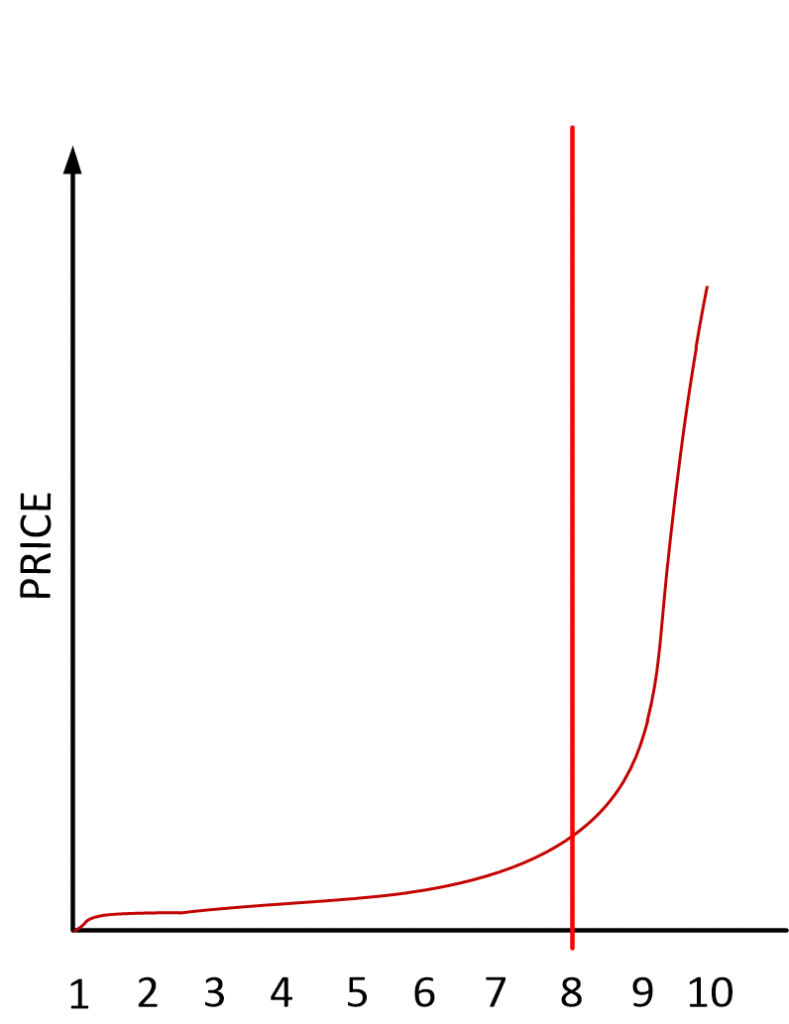
The “sweet spot”, or the area where you get the best quality at the most reasonable price is just under the value of eight. This is to the left of the red line.
Obviously not every purchase will be in that area. However, if you use the “rule of eight” to make quality decisions, then you will discover that heavy-use items (such as automobiles, tools, and appliances) should have values from 6 to 9. Most other items can range from 5 to 7.
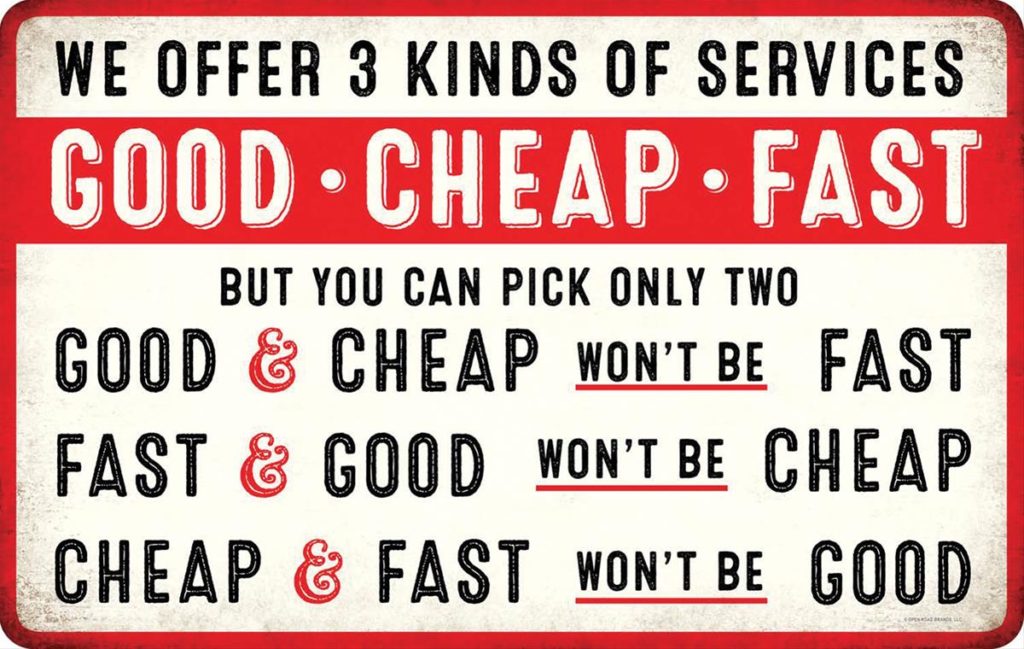
And by the way, keep in mind that forays into the very cheap and the ultra expensive need to be justified by careful thought and consideration.
Part 3 – Control the quantity of items purchased.
The final component of the Rule of Eight is quantity. You need to spend the vast bulk of your money on the items that provides value.
This is an easy one: 80% of your purchases should conform to the Rule of Eight. So, in practice this means that most of your spending will not be on super-high quality brands and items.
Nor will it be on the cheapest junk you can afford.
It will be somewhere in between. If the items are going to be put through daily use, like for instance, a computer or a cell phone, then you need to get a good sturdy reliable model. If, however, the item is going to only be used a few times, then the quality of that item can be far less and you can discard it when finished.
Most of the items you purchase should reside somewhere in the middle 80% of the mainline price range. Remember, you get what you pay for.
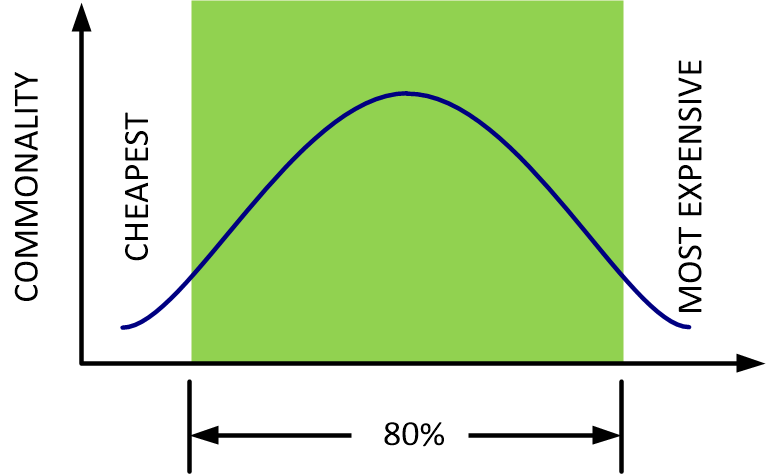
What does all this mean?
By implementing the “rule of eight” you will start to find that you are in control of your money. Not someone else.
To implement it, most people discover that they need to make some changes in their lives. Most of the changes are fundamental. That is, the most successful families are ones that have adopted traditional ways of running a household.
- The household sets up rules that people follow.
- Roles are established to process the rules; a “bread-earner”, a “finance manager” , and someone in charge of “domestic affairs”.
- Members follow the rules.
- There will be a minor period of adjustment to the rules.
What this means, is that once you are in control of your finance, that all sorts of good things start to happen to your life. I have covered them in other posts, and you might want to read about them here…
Here we talk about the two different types of familial structures that are present in the United States and how they work…

If you decide to have a traditional conservative type of family, then you will start to eat better, and the meals at the house will take on an entirely new dimension…

Now, the reason why there is so much confusion as to roles and rules is because society has changed. American society has changed, and no one has been monitoring that change. Here, I talk about it…

Of course, the theme behind this post is that men need guidance on how to carve their life out in the world. As such, I try to offer some support here.

As well as other posts along this same theme…





Posts Regarding Life and Contentment
Here are some other similar posts on this venue. If you enjoyed this post, you might like these posts as well. These posts tend to discuss growing up in America. Often, I like to compare my life in America with the society within communist China. As there are some really stark differences between the two.


























Posts about the Changes in America
America is going through a period of change. Change is good… that is, after it occurs. Often however, there are large periods of discomfort as the period of adjustment takes place. Here are some posts that discuss this issue.














More Posts about Life
I have broken apart some other posts. They can best be classified about ones actions as they contribute to happiness and life. They are a little different, in subtle ways.
























Stories that Inspired Me
Here are reprints in full text of stories that inspired me, but that are nearly impossible to find in China. I place them here as sort of a personal library that I can use for inspiration. The reader is welcome to come and enjoy a read or two as well.















Articles & Links
You’ll not find any big banners or popups here talking about cookies and privacy notices. There are no ads on this site (aside from the hosting ads – a necessary evil). Functionally and fundamentally, I just don’t make money off of this blog. It is NOT monetized. Finally, I don’t track you because I just don’t care to.
- You can start reading the articles by going HERE.
- You can visit the Index Page HERE to explore by article subject.
- You can also ask the author some questions. You can go HERE to find out how to go about this.
- You can find out more about the author HERE.
- If you have concerns or complaints, you can go HERE.
- If you want to make a donation, you can go HERE.


